Despite facing international sanctions, the Russian defense industry has seen a marked increase in the production of combat vehicles and military equipment over the past year, delivering more than 1,500 tanks and 22,000 drones to the country's armed forces.
The Russian Defense Ministry's annual report shows a significant increase in military equipment, including more than 2,200 armored combat vehicles, 1,400 missile and artillery vehicles and more than 12,000 wheeled vehicles, including 1,400 armored, according to state news agency TASS.
According to Mr. Bekhan Ozdoev, industrial director of Russia's state defense corporation Rostec, the production of weapons has increased 2-10 times, Reuters reported.
Notably, artillery shell production increased sharply in 2023, with expectations that this trend will continue in 2024.
According to Army Recognition magazine, the “escalation” in production capacity is the result of a series of strategic expansions and optimizations in the industry, including expanding the workforce to about 3.5 million people, expanding the shift work model and awakening Russia’s “dormant” production capacity.
A significant portion of this increase comes from refurbishing and modernizing existing combat vehicles, rather than building new ones.
But analysts also see this as a direct response by Russia to the continued losses of heavy equipment in the conflict in Ukraine, reflecting the protracted and attritional nature of the war.
Maintain equipment advantage
Russian President Vladimir Putin's directive to boost defense production is one of the measures to counter the wave of Western arms supplies to Ukraine and to mitigate the impact of sweeping economic sanctions against Russia.
Although the specific production volumes were not disclosed, the growth noted by Rostec's Ozdoev along with documents seen by TASS show Moscow's determination to boost its military capabilities amid the ongoing conflict.
A significant portion of this production increase comes from refurbishing and modernizing existing combat vehicles in inventory, rather than building new ones. For example, the majority of main battle tanks produced by Russia last year were refurbished models.
Despite these efforts, British Defence Intelligence reports indicate that the Russian defence industry is still not fully meeting the operational needs of the armed forces fighting in Ukraine. However, it is certain that Russia will maintain a significant military equipment advantage over Ukraine through 2024.
In a notable development, President Putin visited Uralvagonzavod, a major armored vehicle manufacturing facility located in the city of Nizhny Tagil in Sverdlovsk Oblast, Urals region, in the middle of last month.
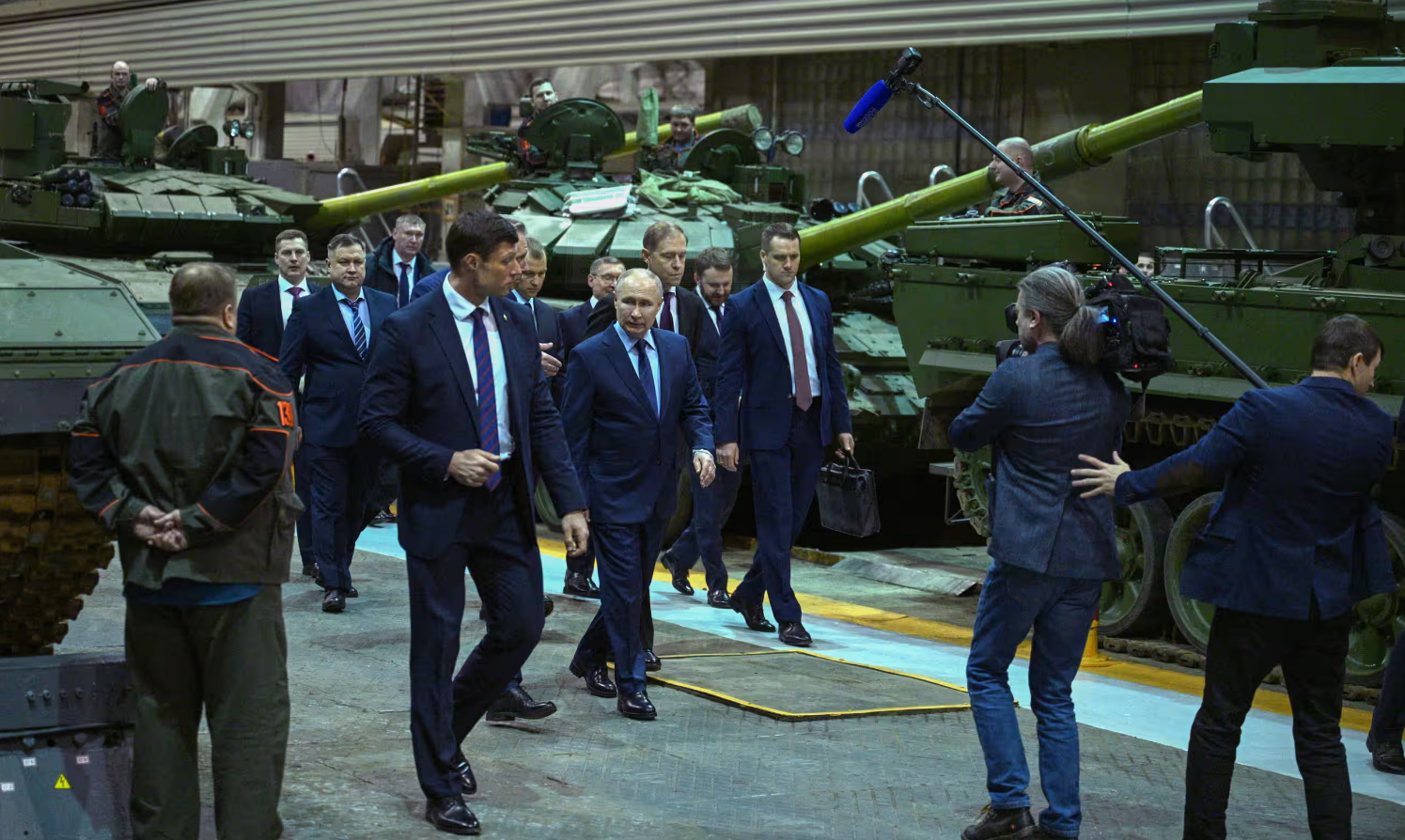
Russian President Vladimir Putin visits the Uralvagonzavod plant in Nizhny Tagil, Sverdlovsk Oblast, February 15, 2024. Photo: The Guardian
The visit – which coincides with the delivery of the latest batch of T-90M Proryv tanks to the Russian Army – highlights the Eurasian giant’s intense focus on boosting its military capabilities.
Mr Putin praised workers for achieving what he described as a fivefold increase in tank production since the start of the conflict in Ukraine, underscoring the strategic importance of the Uralvagonzavod plant in Russia's military-industrial complex.
However, the exact number of T-90M tanks delivered to Russian forces has not been disclosed, even as images released by the Kremlin suggest preparations are underway for a new batch that could be deployed “immediately.”
The Russian leader's visit also signals the Kremlin's resolute response to the ongoing military challenges in Ukraine as the conflict enters its third year.
Analysts also see the increase in defense production as a direct response by Russia to the continued losses of heavy equipment in the conflict with Ukraine, reflecting the protracted and attritional nature of the war.
With a history of producing more than 100,000 military vehicles, Uralvagonzavod's latest moves demonstrate Russia's steadfast commitment to maintaining a competitive edge on the battlefield, despite the complex developments of the conflict in Ukraine.
A broader approach
To cope with significant losses of modern tanks on the Ukrainian battlefield, Russia has been actively deploying old Soviet-era tanks, including T-54, T-55 and T-62 models, supported by upgrades to improve combat effectiveness.
Reports indicate that Russia has lost more than 3,000 tanks since the start of the war more than two years ago, forcing the country to draw from its huge stockpile of older armored vehicles to maintain military operational capability.
British intelligence and other defence analysts have highlighted the strategy as part of a broader Russian approach to maintain its military equipment advantage over Ukraine despite the quality shortcomings of these older tanks.
The T-54 and T-55, first produced in the late 1940s and put into service in 1958, were pulled from storage and refurbished for deployment to the front lines.
Russian T-62 tanks are seen on the southern Ukrainian front, October 2022. Photo: Getty Images
These tanks, although technologically outdated, still offer some utility on the battlefield, especially in specific situations such as asymmetric warfare or in defensive roles where their limitations may be less obvious.
Despite their simpler and older design, these tanks are being used to compensate for heavy losses of more advanced models, reflecting Russia's ability to sustain prolonged military operations through numbers.
The T-62, another Soviet-era tank that first entered service more than six decades ago, has also been upgraded and deployed during the conflict. These upgrades include the integration of modern thermal imaging sights, bulldozer blades for engineering tasks, and in some cases explosive reactive armor (ERA) to enhance their defenses.
Despite these improvements, concerns remain about the T-62's vulnerability to modern anti-tank weapons, due to the lack of ERA on some models and the challenges it faces against advanced weapons supplied to Ukraine by Western allies.
The deployment of these older tanks, including upgraded T-62 variants, represents Russia's efforts to compensate for significant armor losses and adjust its military strategy to the demands of ongoing military operations.
In short, the deployment and upgrade of T-54, T-55, and T-62 tanks underscores Russia's broader military strategy in Ukraine, leveraging its abundant reserves of old armored vehicles to maintain combat capability.
While these efforts reflect a pragmatic approach to compensating for equipment losses, they also highlight the challenges Russia faces in confronting modern anti-tank systems and the evolving dynamics of the conflict .
Minh Duc (According to Army Recognition, Newsweek)
Source








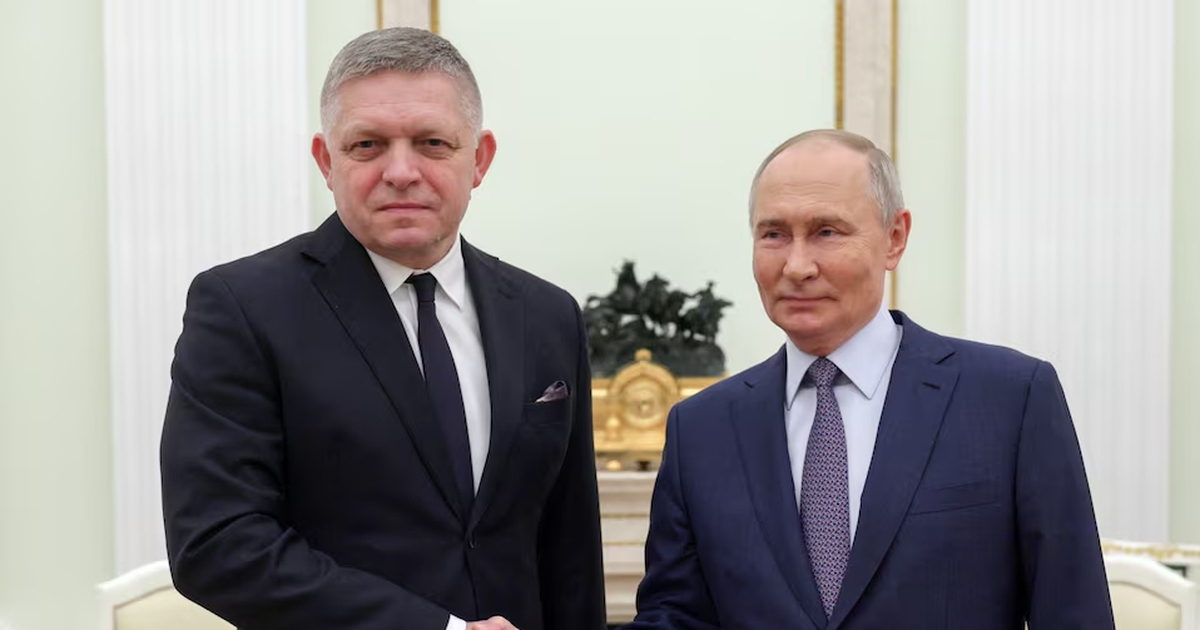

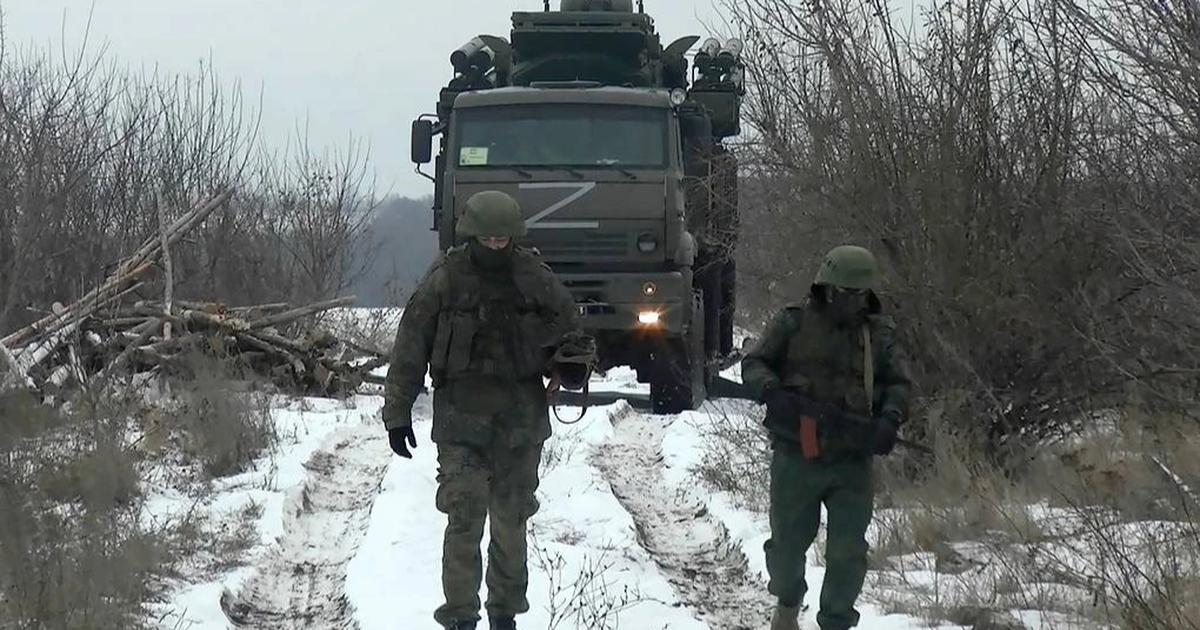

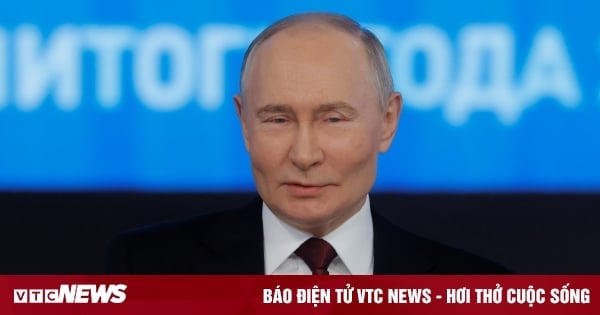

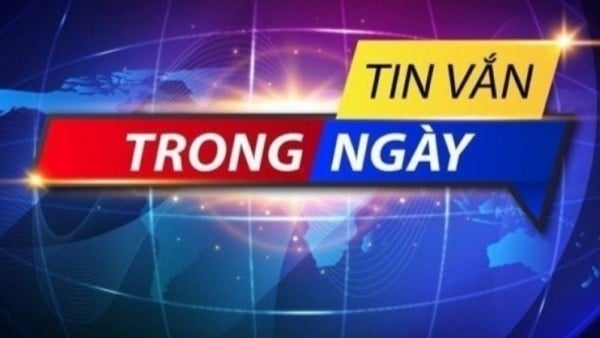

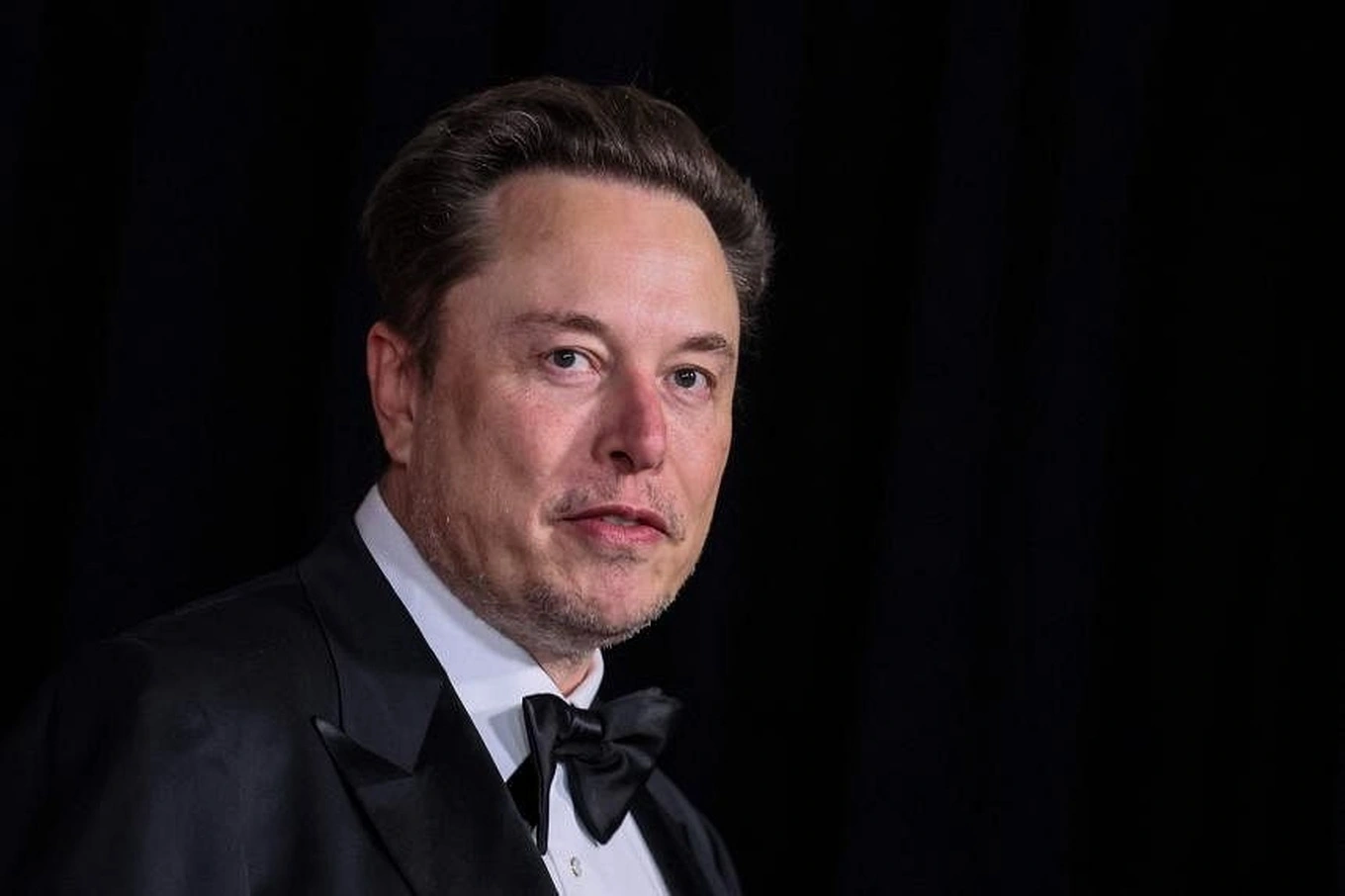
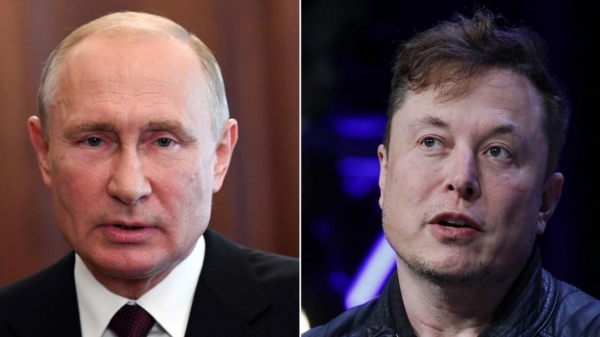

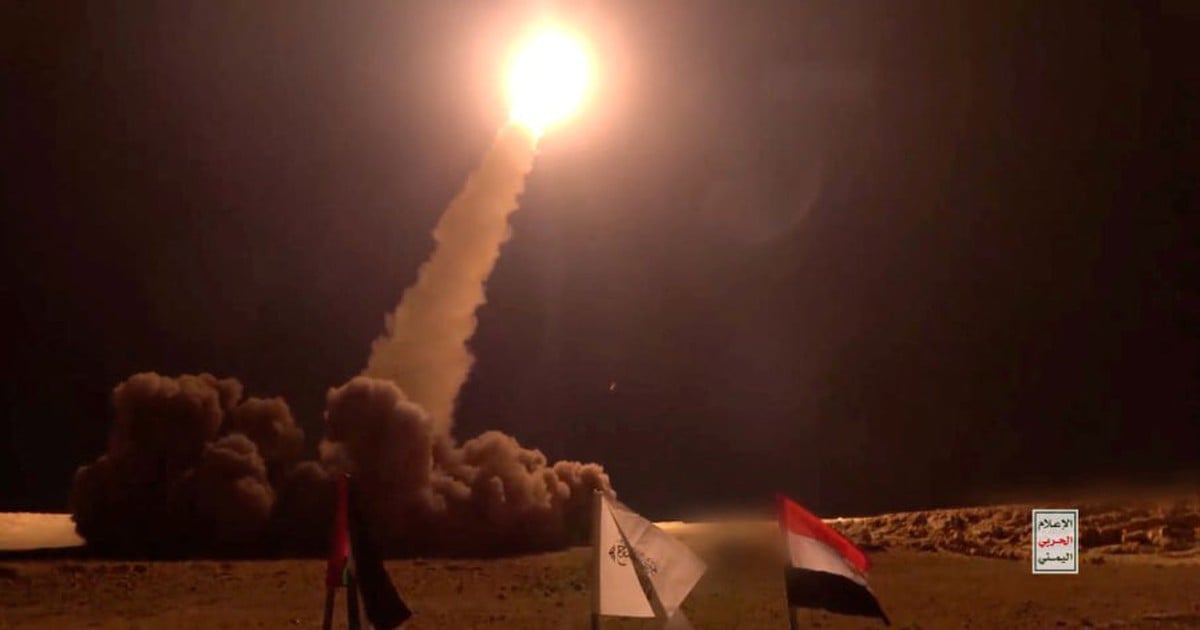
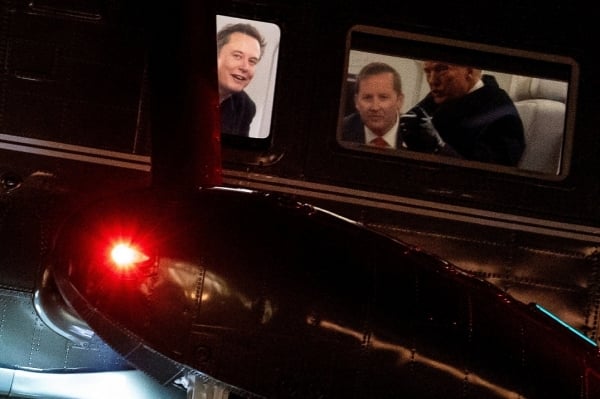

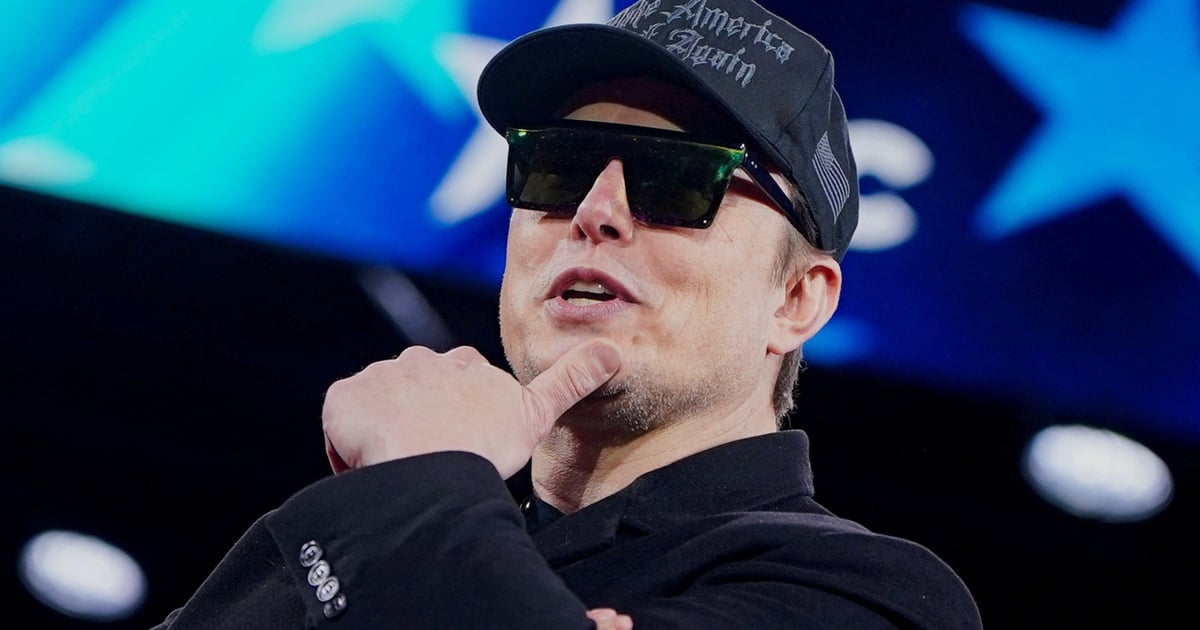
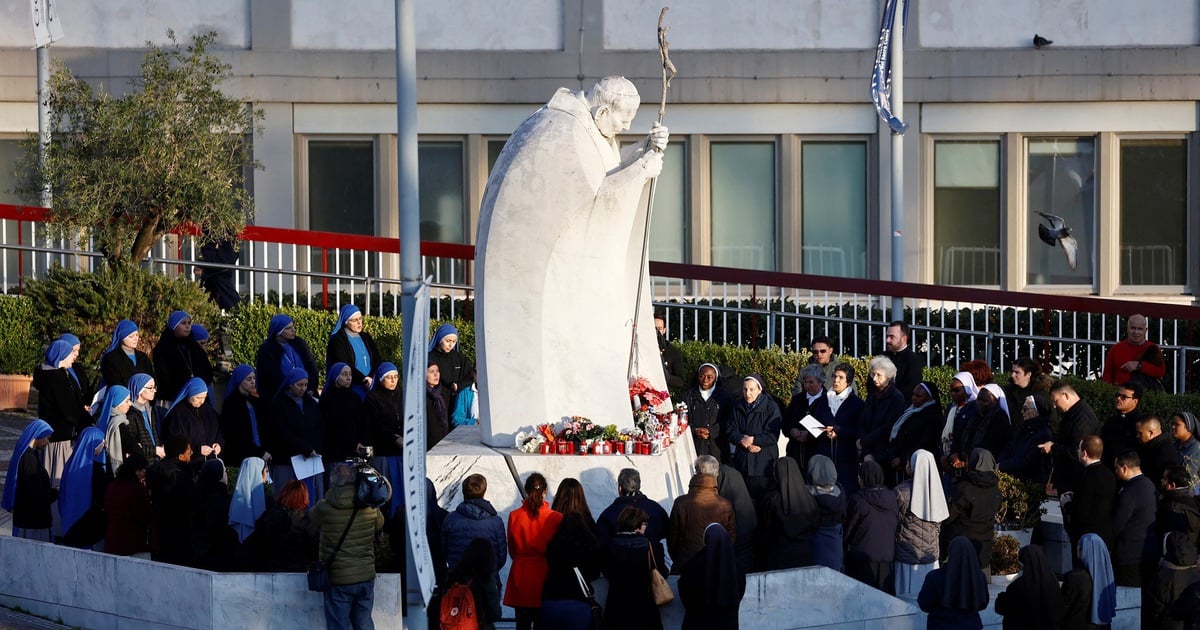
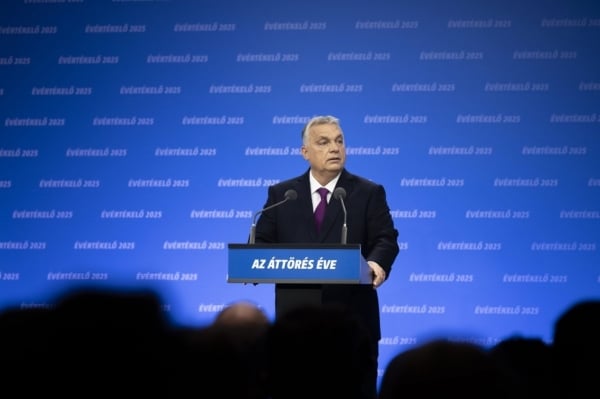
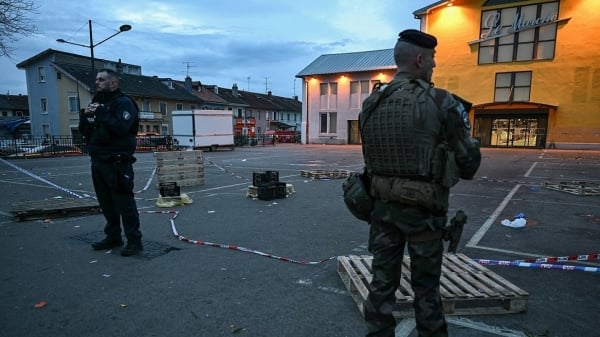
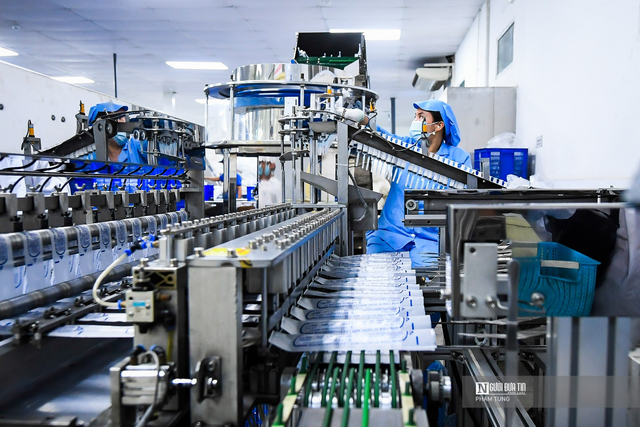
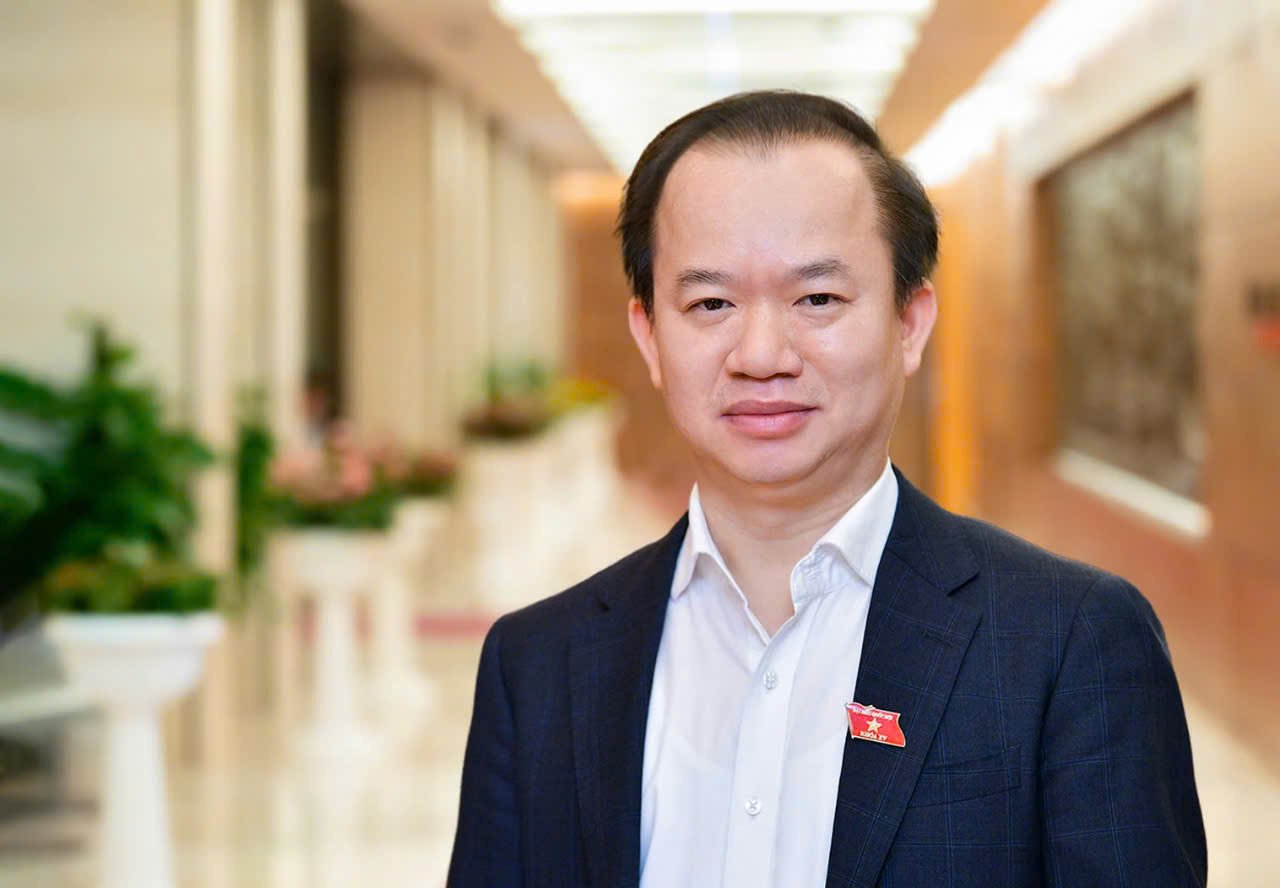


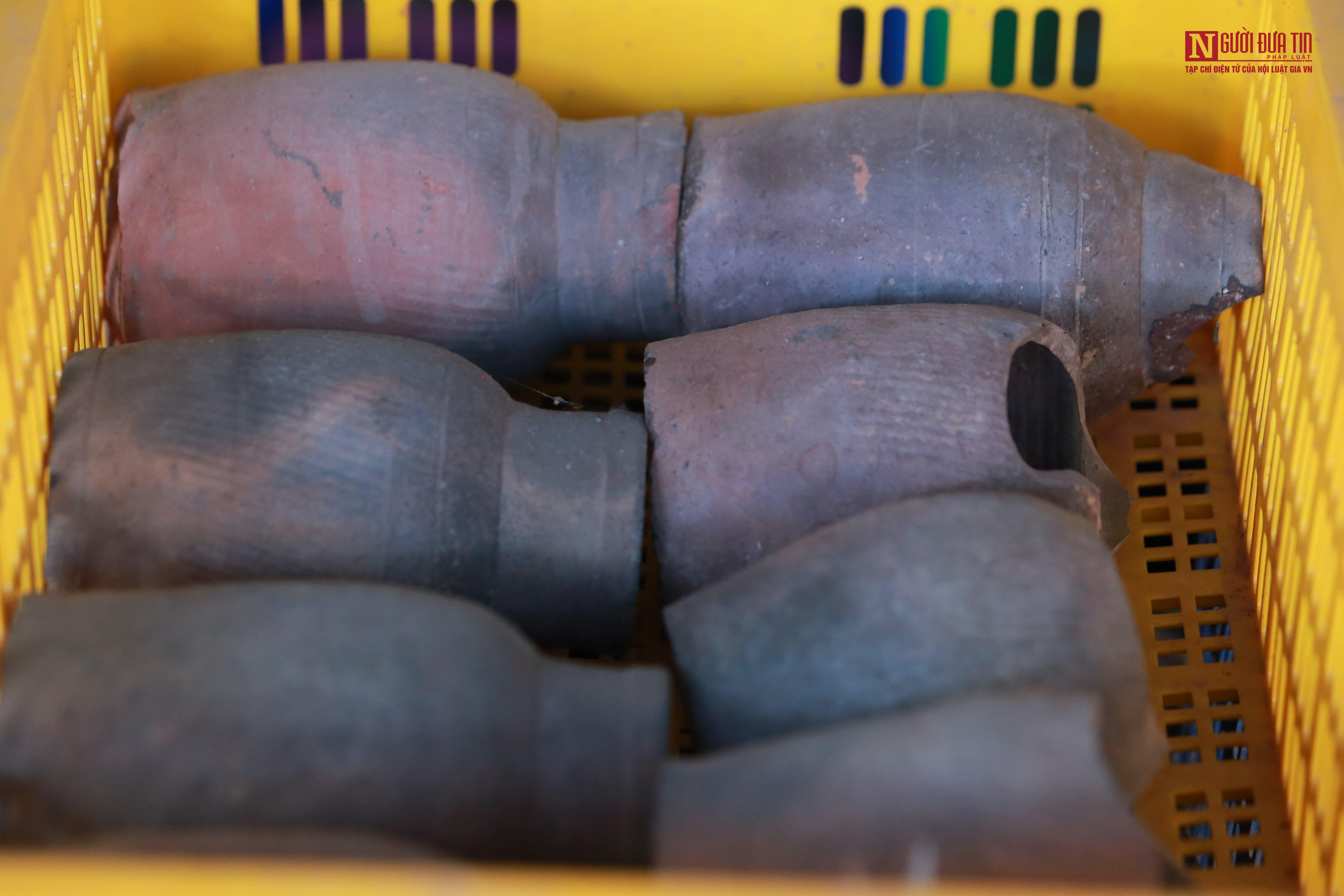
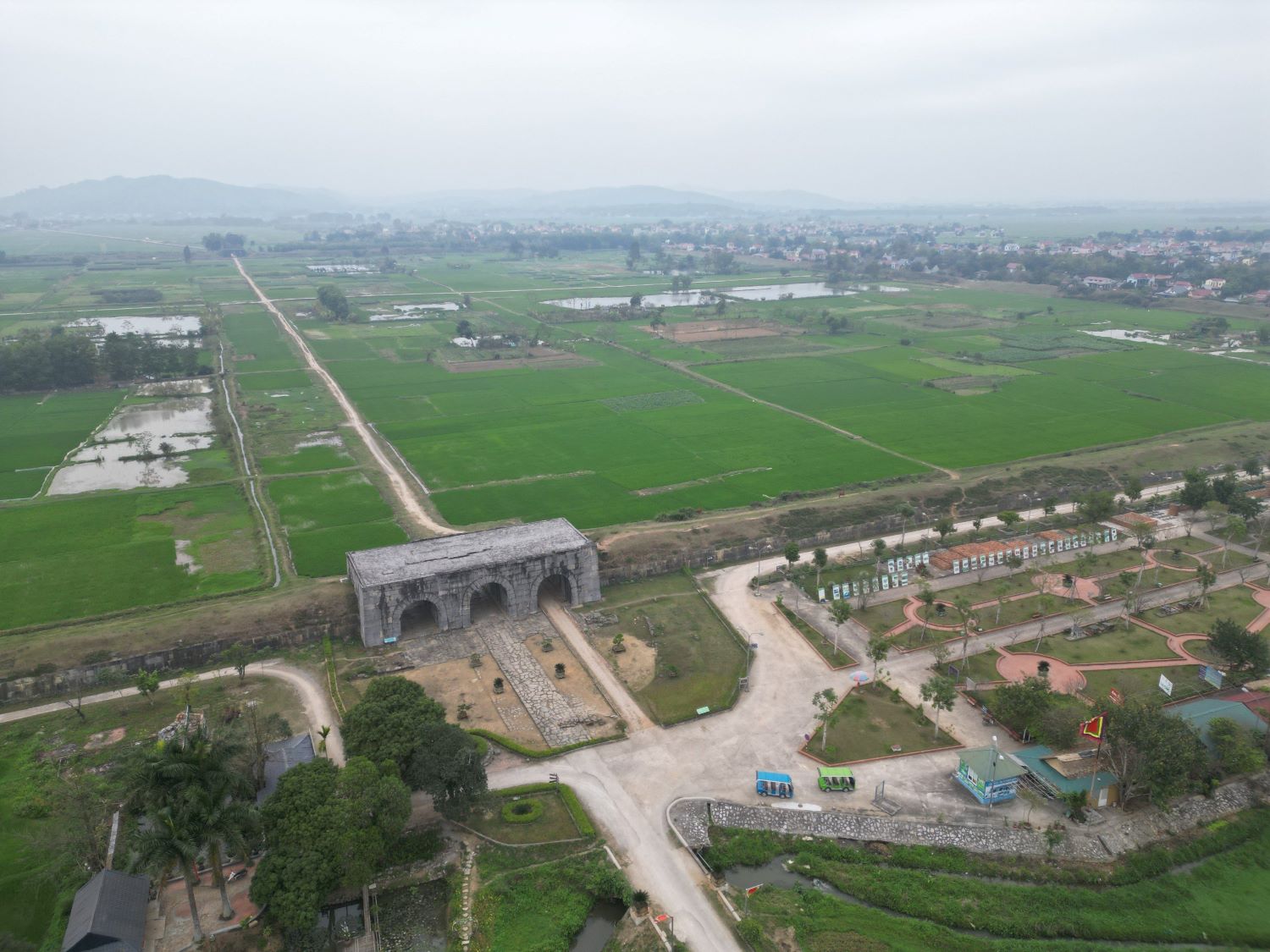







![[Photo] Prime Minister Pham Minh Chinh chairs Government Conference with localities on economic growth](https://vstatic.vietnam.vn/vietnam/resource/IMAGE/2025/2/21/f34583484f2643a2a2b72168a0d64baa)








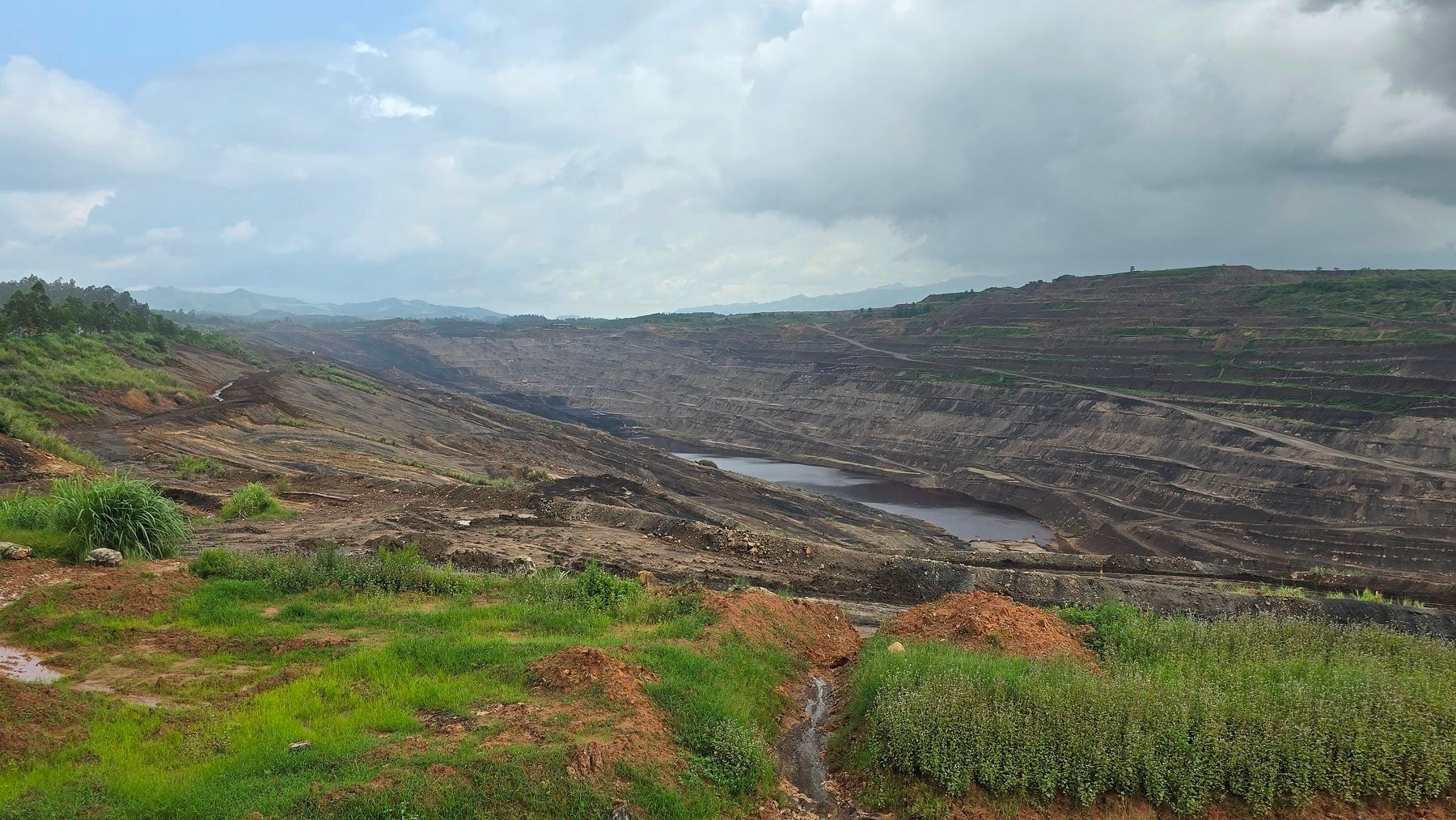


















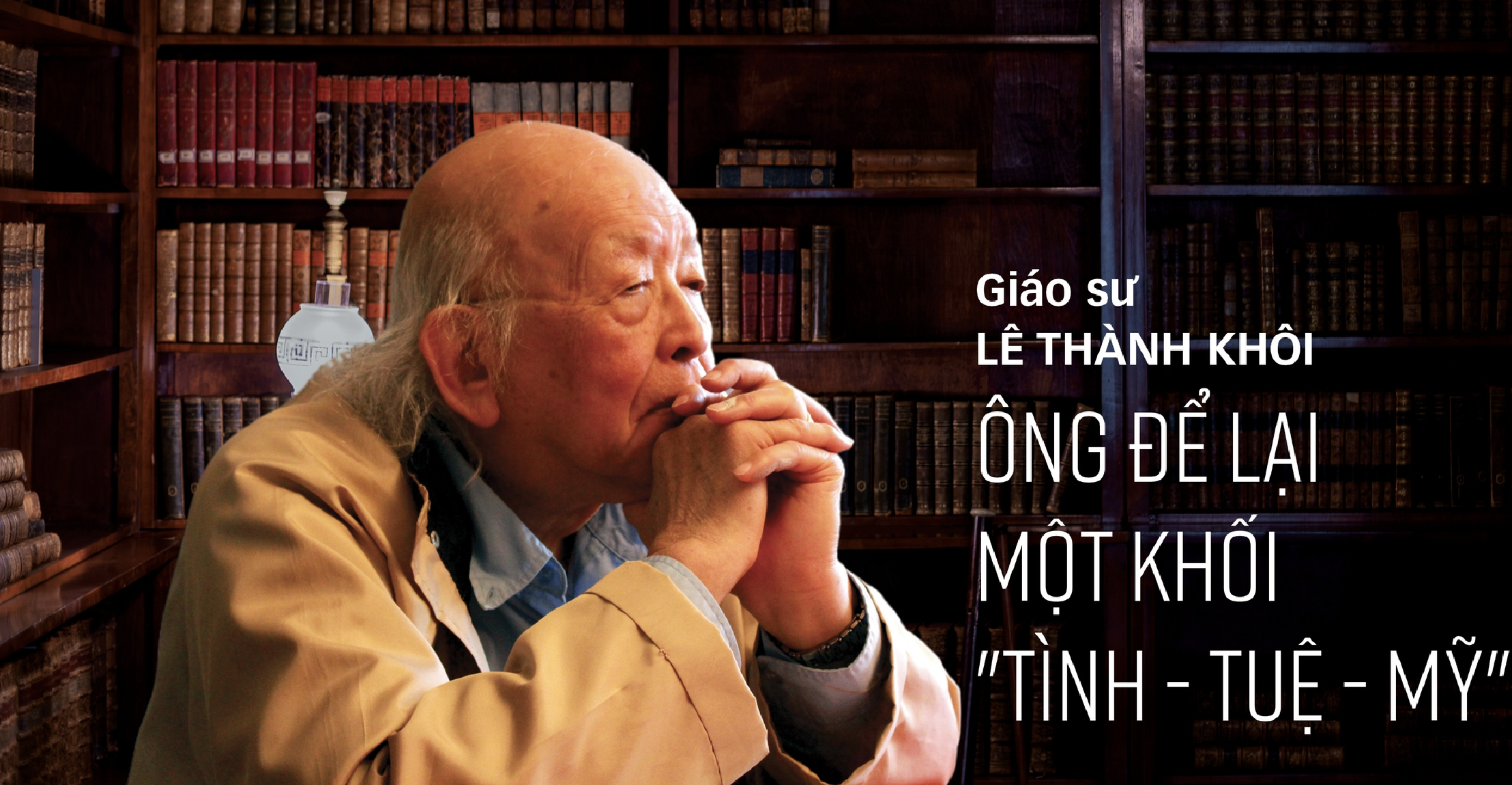

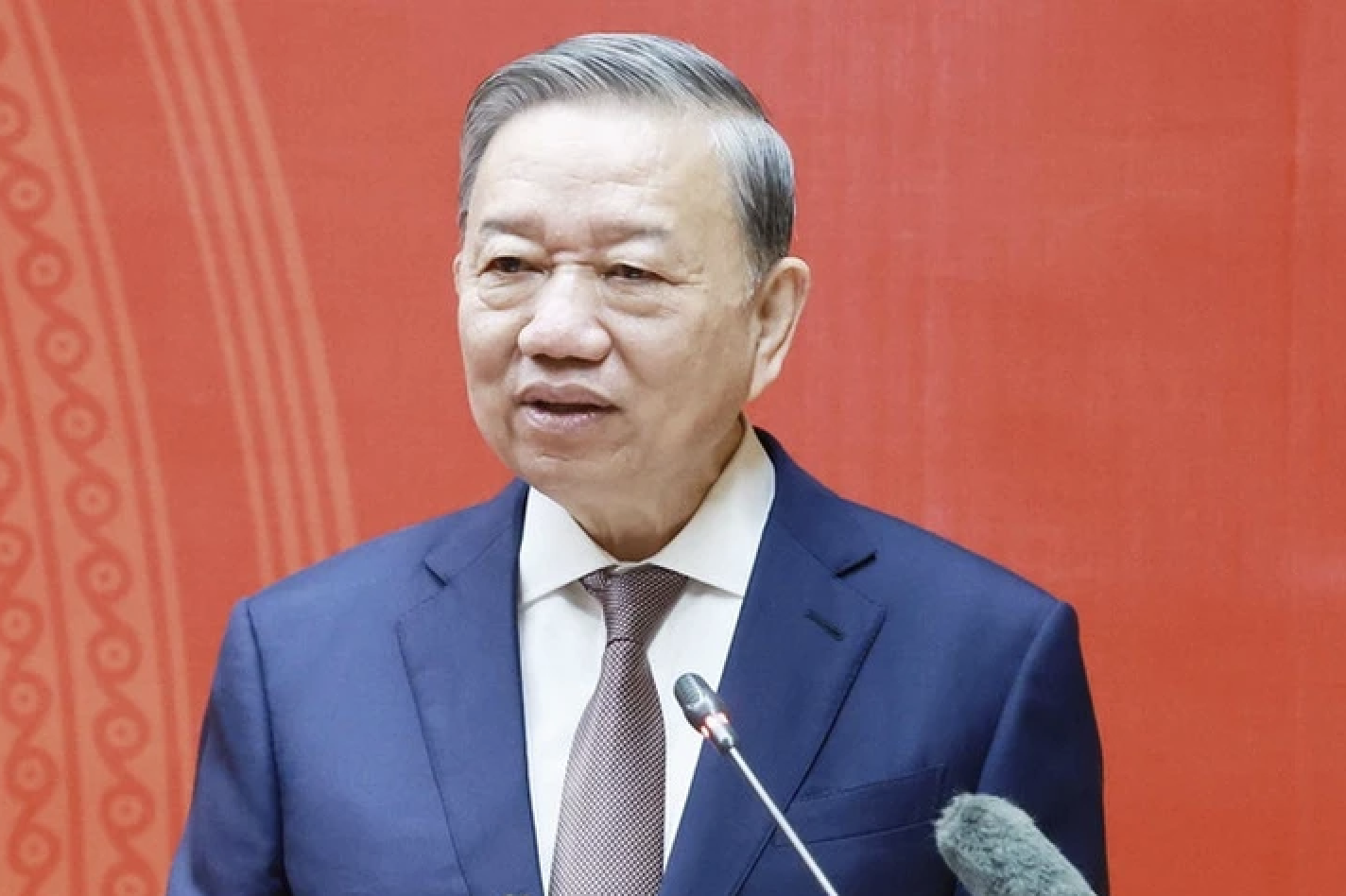
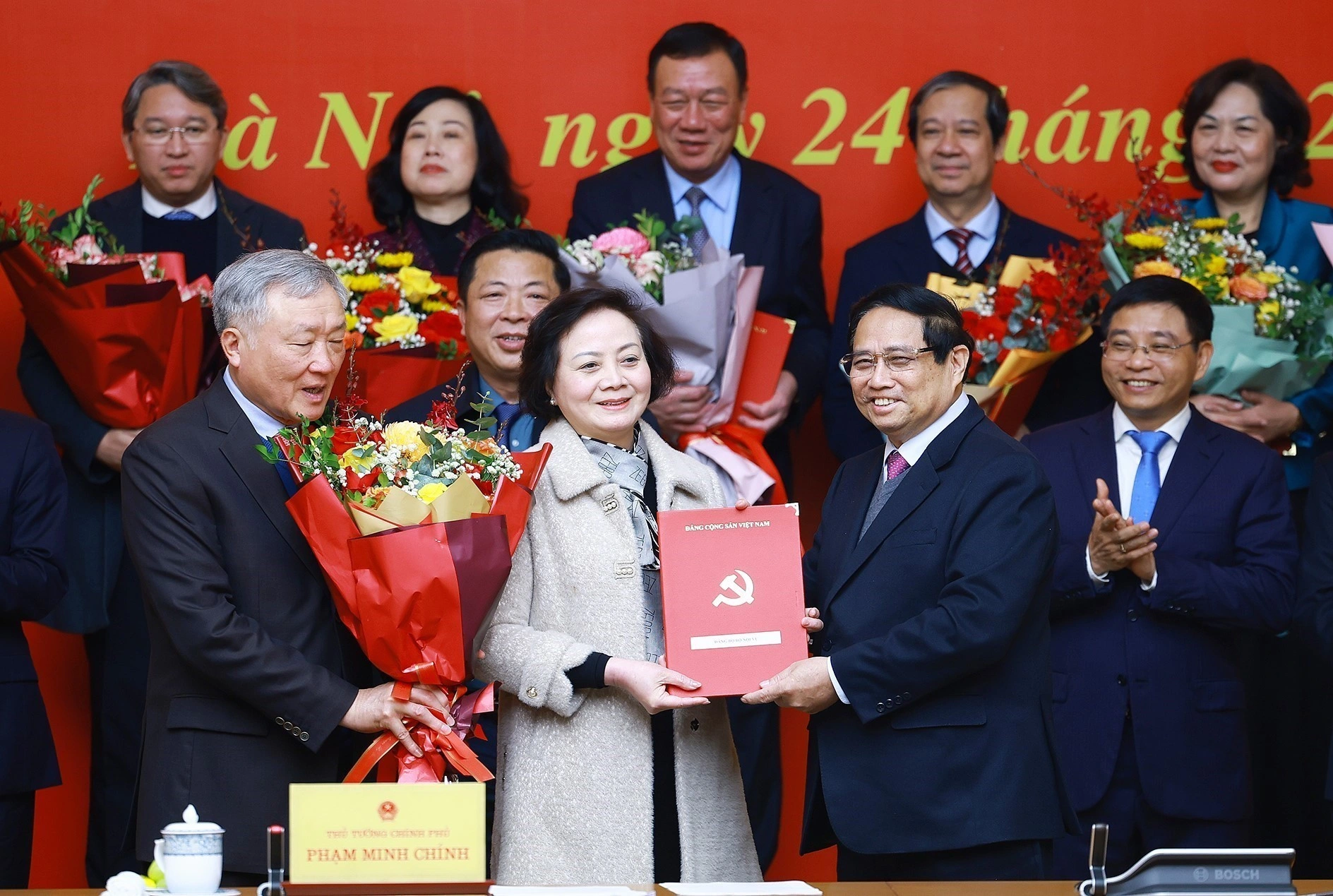
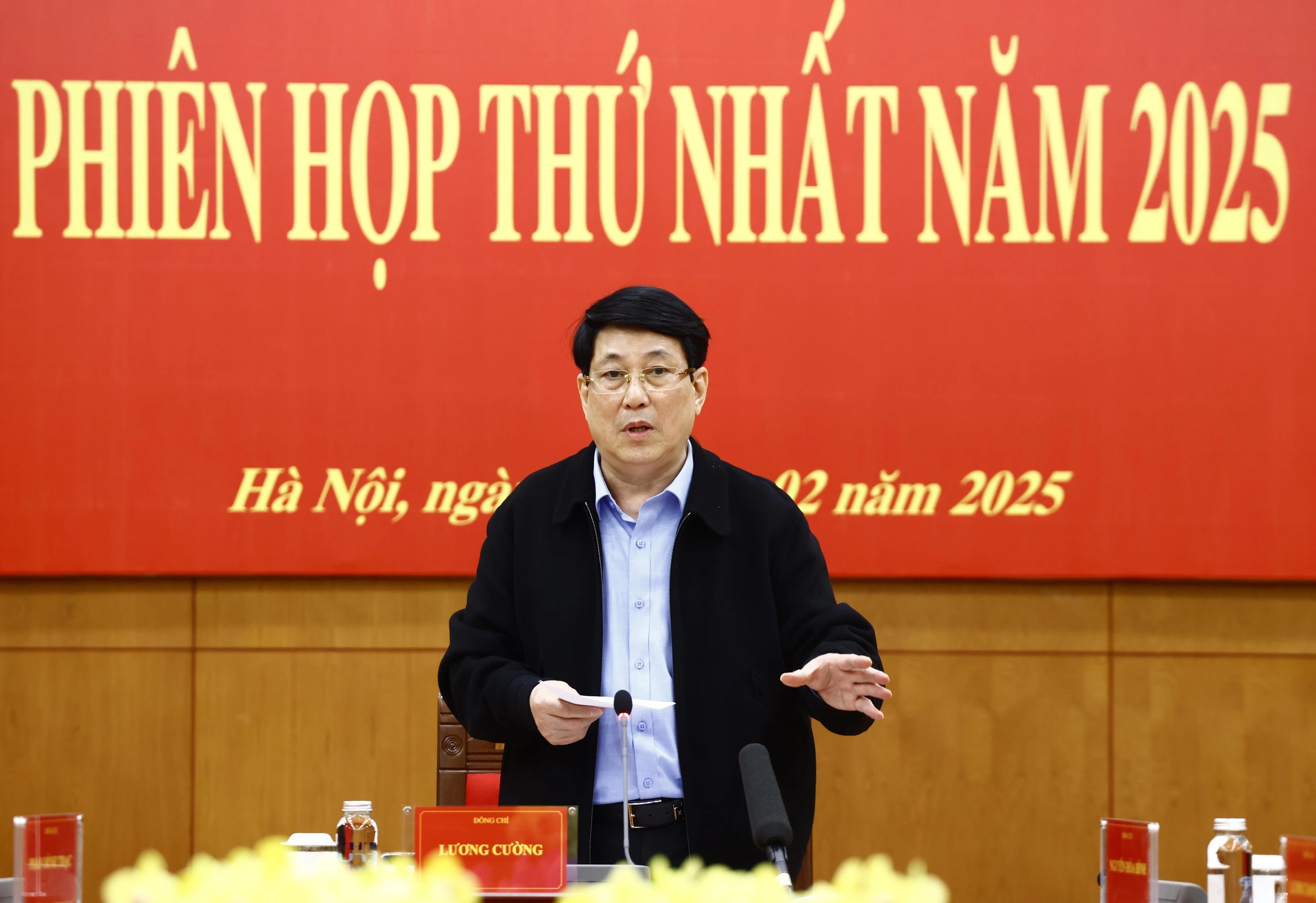






















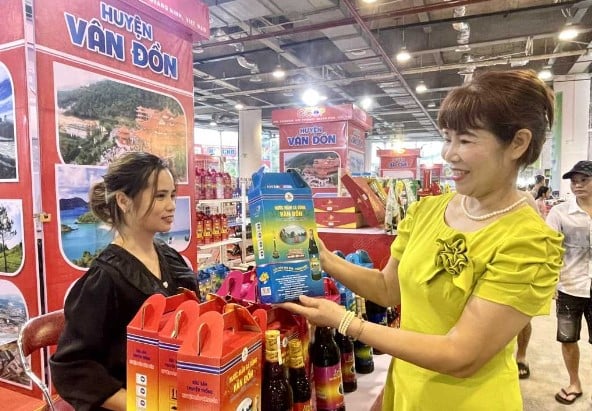
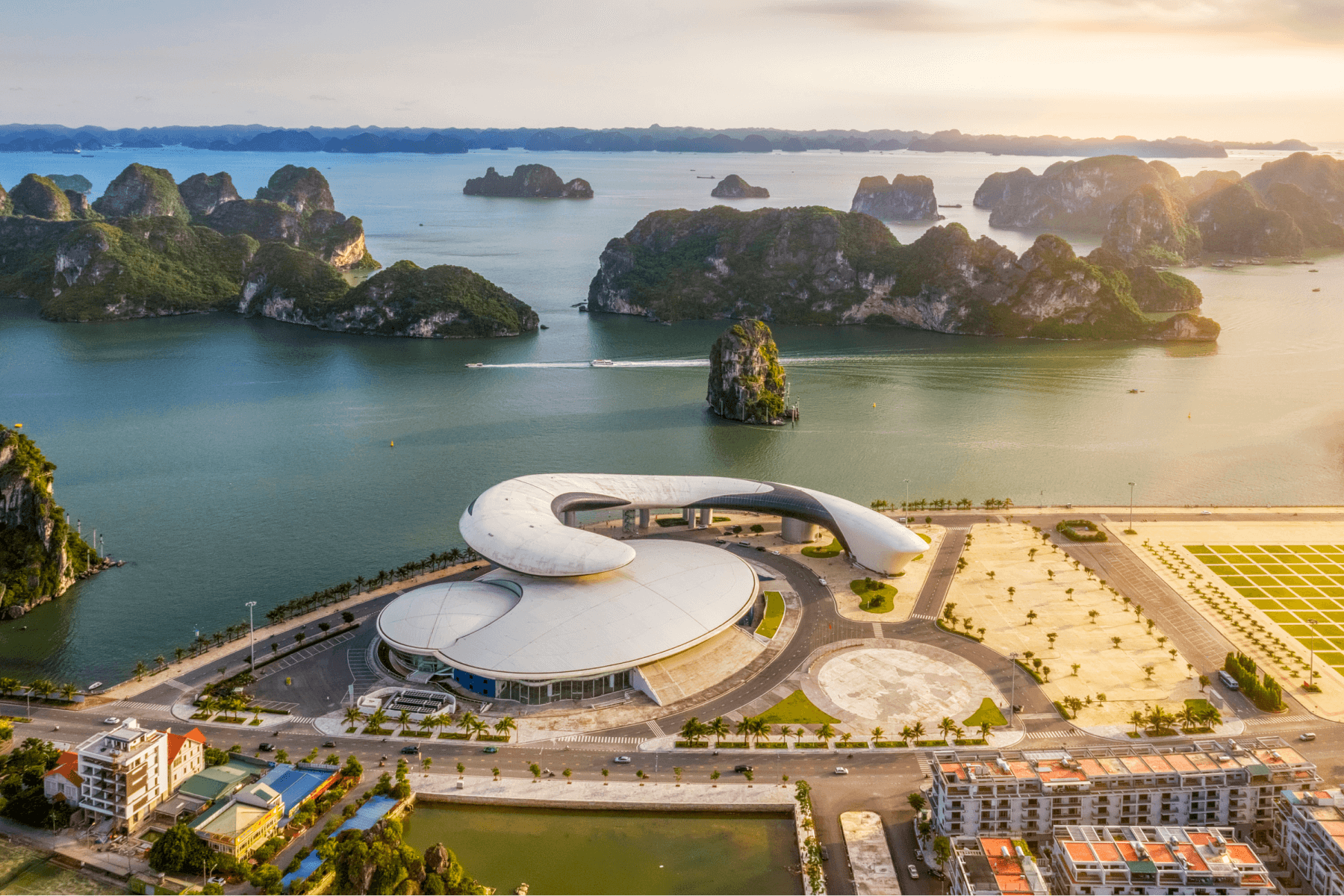
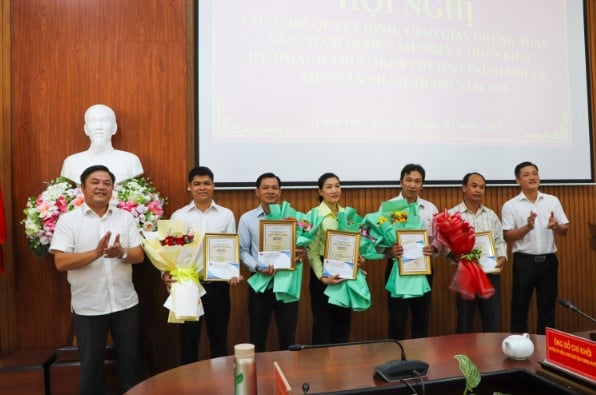
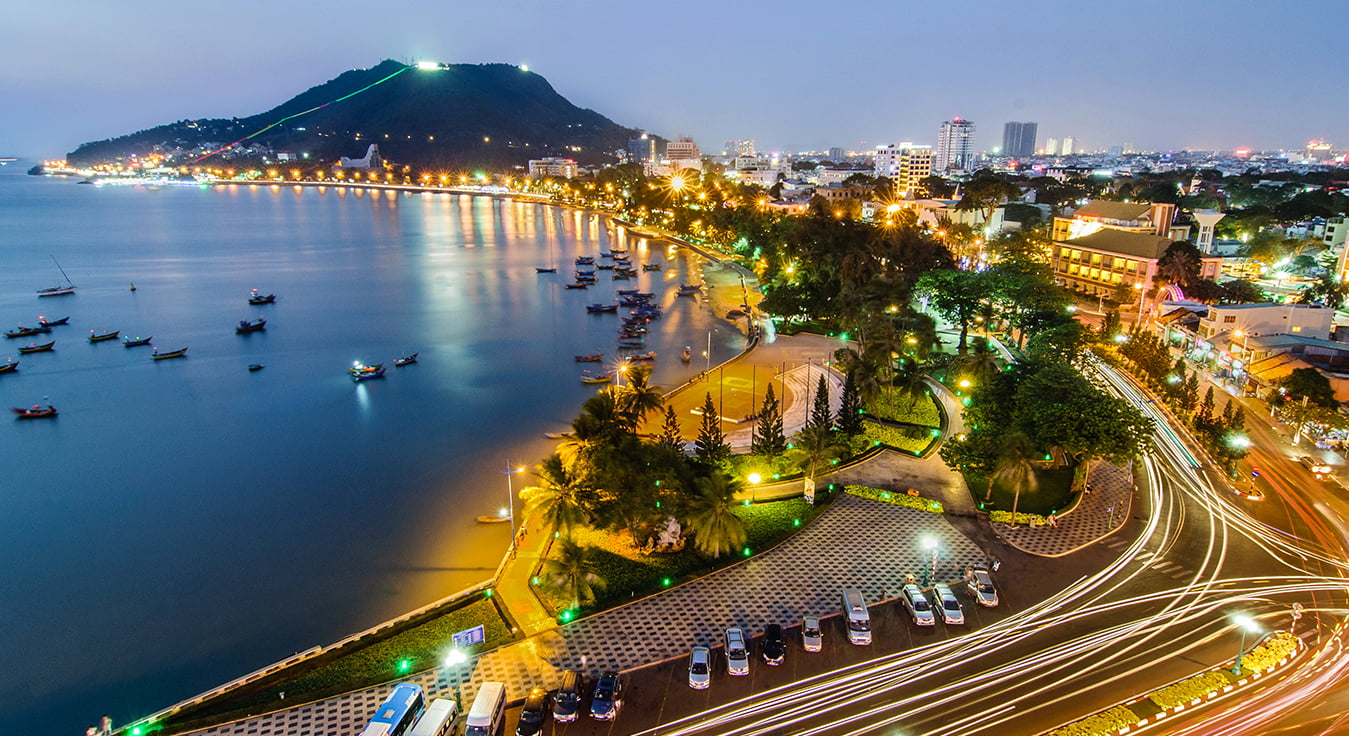
Comment (0)